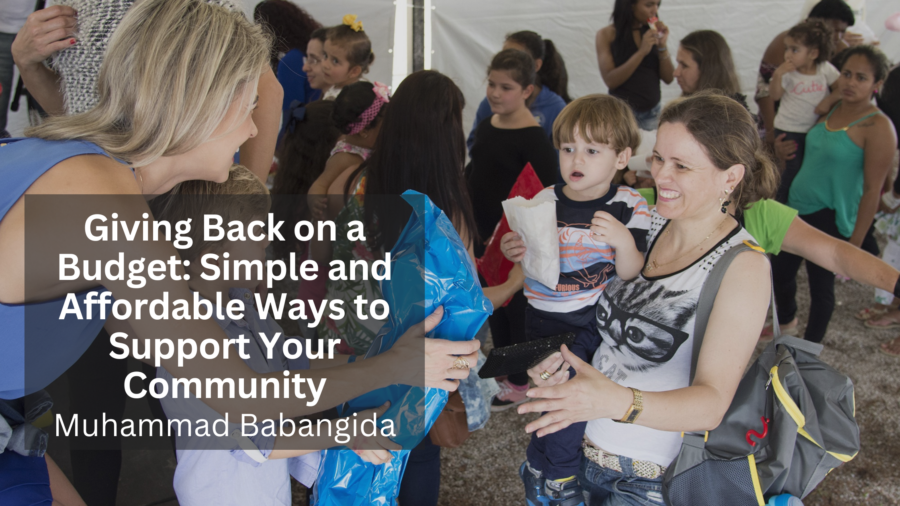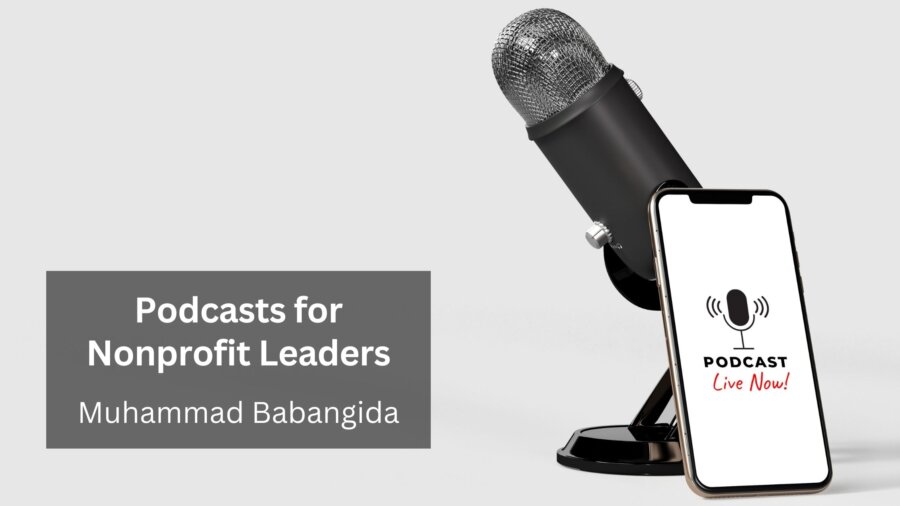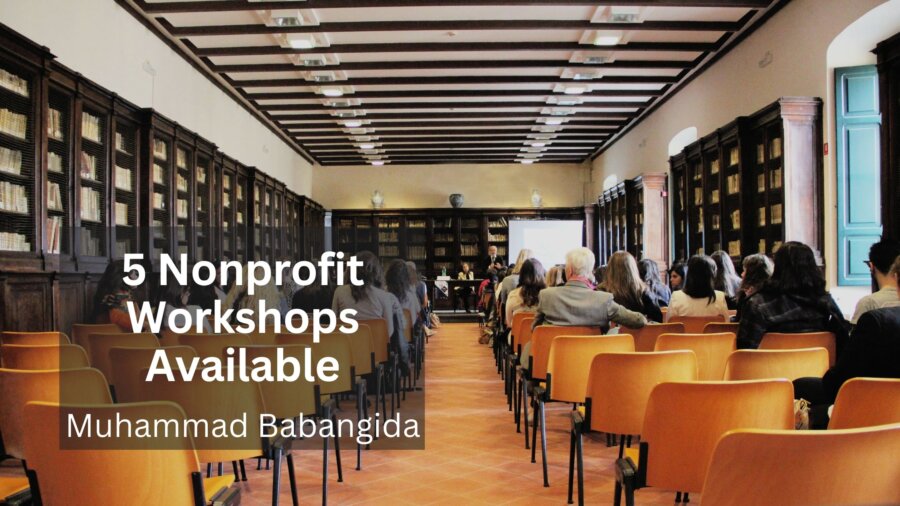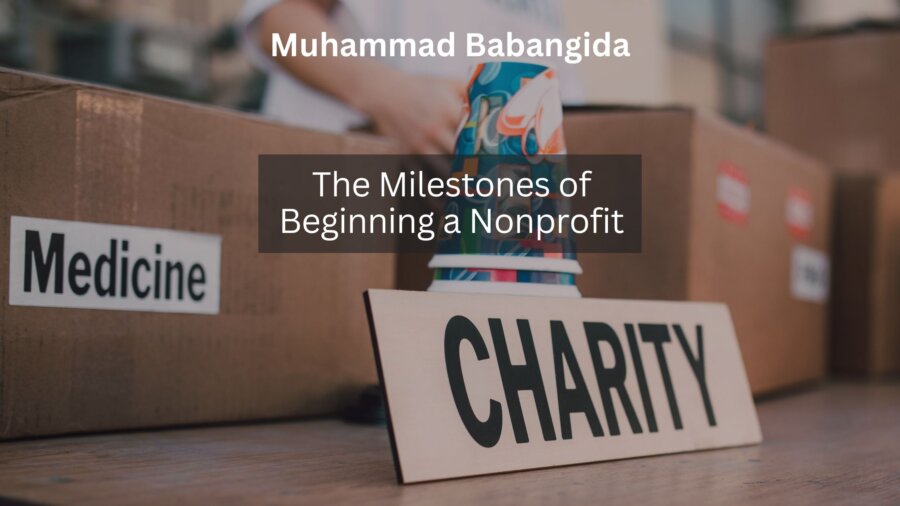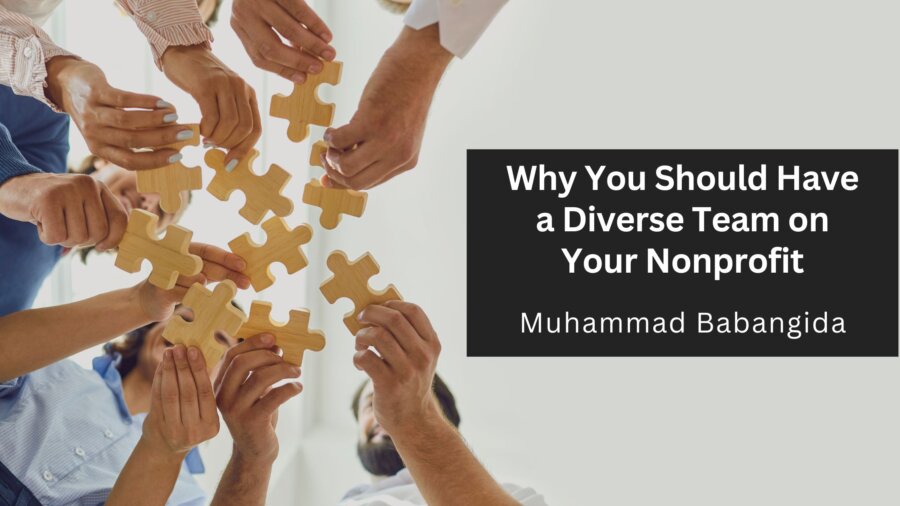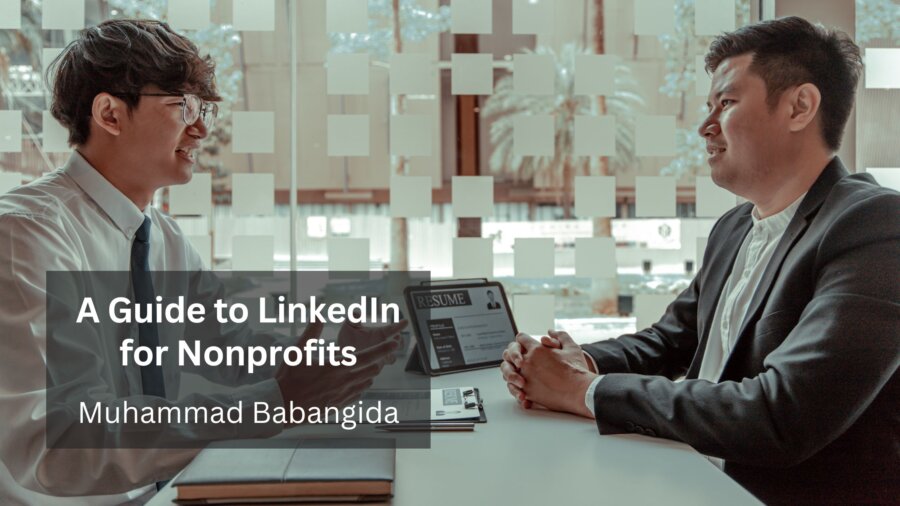Life throws curveballs sometimes. Medical emergencies, unexpected bills, or even chasing a dream can leave you needing a helping hand. In these situations, crowdfunding platforms like GoFundMe can be a lifesaver. But if this is your first time using one, it can feel daunting. Fear not, generous friend! This guide will teach you everything you need to know about setting up a successful GoFundMe campaign.
Step 1: Is GoFundMe Right for You?
GoFundMe is an excellent platform for personal causes, but it’s not a magic bullet. Here are some things to consider:
- Is your cause personal? GoFundMe is best for situations where you’re directly impacted. Fundraising for a friend’s medical bills or a local community project might be better suited for other platforms.
- Do you have a support network? The success of your campaign heavily relies on getting the word out. Ensure you have friends, family, and a community willing to share and contribute.
Step 2: Crafting Your Story
People give because they connect with a story. So, when creating your campaign, be clear, concise, and honest about your situation.
- Hook them early! Start with a strong headline that grabs attention and explains what you’re raising money for.
- Tell your story. Explain the situation in detail and why you need help. Be transparent about how you’ll use the funds.
- Add visuals! A picture is worth a thousand words. Include high-quality photos or videos that visually represent your cause.
Step 3: Setting Your Goal and Sharing Like Crazy!
Be realistic when setting your fundraising goal—research similar campaigns to understand what’s achievable.
Now comes the most important part: sharing your campaign! Here are some tips:
- Spread the word on social media. Share your campaign on Facebook, Instagram, Twitter, and anywhere your network is active.
- Reach out to friends and family. Don’t be shy! Personally message your network with a heartfelt explanation of your situation and the link to your campaign.
- Consider local media. Contact your town newspaper or radio station if your cause has a local angle. A local story can generate a lot of support.
Step 4: Expressing Gratitude
Remember, every contribution counts! Thank every person who donates, no matter the amount. You can do this through personalized messages or updates on your campaign page.
Bonus Tip: Be Transparent with Updates
Keep your supporters informed! Regularly update your campaign page with how the fundraising is going and how you use the funds. This builds trust and encourages further donations.
GoFundMe can be a powerful tool to help you through a tough time. Following these simple steps, you can create a compelling campaign and connect with generous people who want to support you. Remember, even the most minor contributions can make a big difference. So, go forth and get fundraising!




